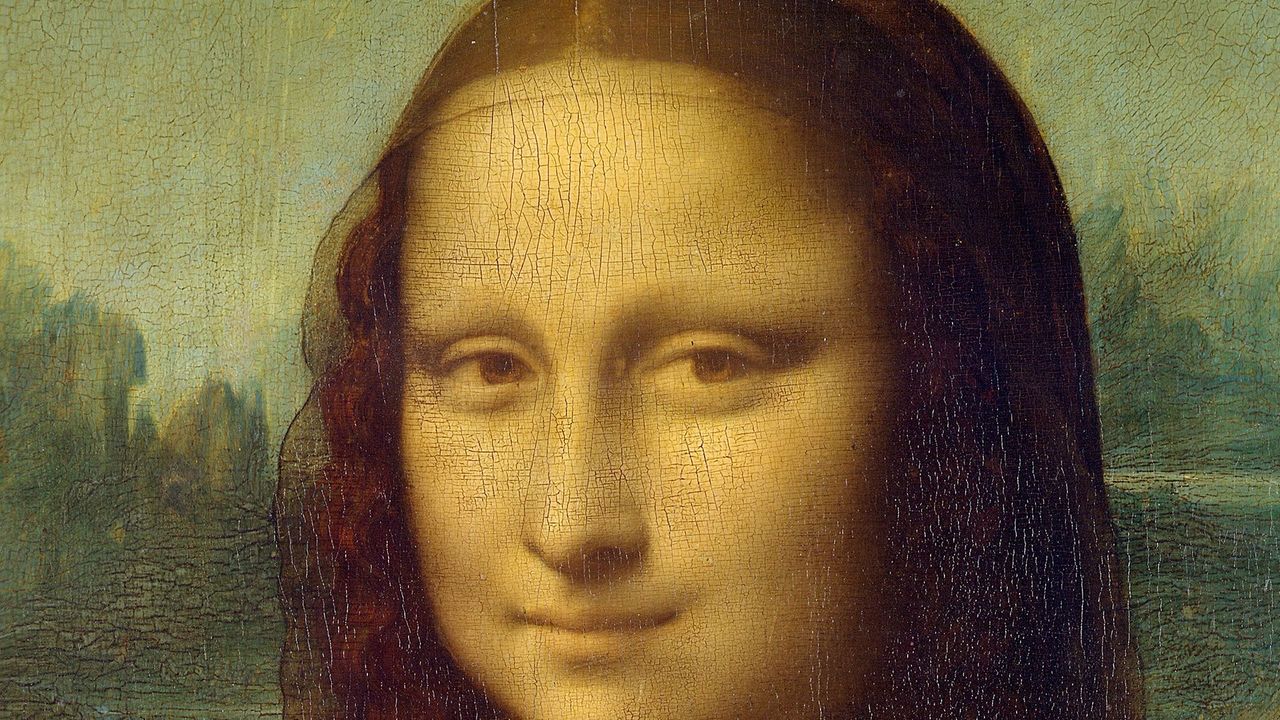
Robert Draws – Secrets of the Mona Lisa begin with a smile that has fascinated viewers for centuries. This artwork holds countless mysteries beyond its visual beauty. Painted by Leonardo da Vinci during the Renaissance, it remains one of the most recognized works today. Many secrets are still debated by art experts and historians. Let’s uncover the hidden layers behind this iconic masterpiece.
The woman in the painting is believed to be Lisa Gherardini. She was married to a Florentine merchant named Francesco del Giocondo. The title “La Gioconda” comes from her husband’s surname. Some believe the model was someone else entirely. A theory suggests the model was a noblewoman from Milan. Others even claim the painting is a hidden self-portrait of Leonardo. Until now, no theory has been proven completely right. Her identity remains a puzzle to this day.
“Read about: Hidden Messages in “The Fighting Temeraire”: Reflections on History and Technology”
Her smile is one of the most studied expressions in art history. It seems to change based on how you look at it. From one angle, she appears serious and calm. From another, she seems to smile with warmth and joy. Optical illusions have been used to analyze the smile. Psychological experts have studied its emotional effects. Da Vinci used soft blending to create lifelike shadows. His technique is known as “sfumato,” which makes the face look more natural. The mouth and eyes were painted with extra care. Her expression is the painting’s most iconic feature.
Leonardo used oil paints on a poplar wood panel. The background fades gently, revealing distant landscapes with mountains and rivers. Moreover, the dreamy setting enhances the painting’s mysterious mood. He applied atmospheric perspective to create realistic depth and visual harmony. Additionally, he layered thin glazes to form soft, lifelike skin tones. Light and shadow blend smoothly across her face and hands. Consequently, the artwork displays a timeless and natural beauty. Researchers continue to study the piece using modern technology. For example, X-ray scans reveal early drafts beneath the visible image. Furthermore, these findings deepen our understanding of the Secrets of the Mona Lisa.
Leonardo applied oil paints on a smooth poplar wood panel. The background fades softly, revealing mountains and rivers in a dreamlike setting. Additionally, he used atmospheric perspective to create depth and mystery. He carefully layered thin glazes to develop realistic and luminous skin tones. Light and shadow blend effortlessly across her face and hands. As a result, the image carries a timeless and lifelike quality. Scientific research continues to uncover new details in the artwork. For instance, X-ray scans have revealed earlier drafts beneath the visible surface. Moreover, experts have used advanced imaging technologies to examine the layers. These discoveries contribute to the ongoing fascination with the Secrets of the Mona Lisa.
“Read more: From Antipasti to Dessert: A Luxurious Journey at Da Vittorio”
In 1911, the painting was stolen from the Louvre. A museum employee smuggled it out under his coat. The theft shocked the entire world. Newspapers reported the missing masterpiece in every country. Pablo Picasso was even questioned as a suspect. The painting was recovered two years later in Italy. It had been kept hidden under a bed. After the theft, its fame skyrocketed across the globe. It became a symbol of mystery and cultural value. The incident increased public curiosity and fascination.
Many researchers believe the artwork contains hidden messages. Some claim they can see letters inside her eyes. Others argue her facial proportions reflect the golden ratio. Additionally, some viewers describe the background as resembling imaginary landscapes. A few even report spotting hidden animals and faces. However, art scholars frequently challenge these interpretations. Meanwhile, Dan Brown’s novel “The Da Vinci Code” introduced even more wild theories. As a result, fans continue to analyze the painting from new angles. Furthermore, pop culture references help boost its mysterious reputation. Overall, symbolism and speculation add to its ongoing fascination.
Today, the museum places the painting behind bulletproof glass. The staff strictly controls temperature and humidity inside the display case. Security cameras and guards monitor the room around the clock. Additionally, they restrict photography to protect the artwork’s condition. Expert restorers regularly examine the painting and lead conservation efforts. Moreover, the image has inspired music, films, and even global advertisements. Parodies and recreations now appear in countless forms of media. Consequently, the image holds strong influence in both art and modern society. Her face, in fact, resonates across generations and cultures. Ultimately, the masterpiece continues to captivate the world.